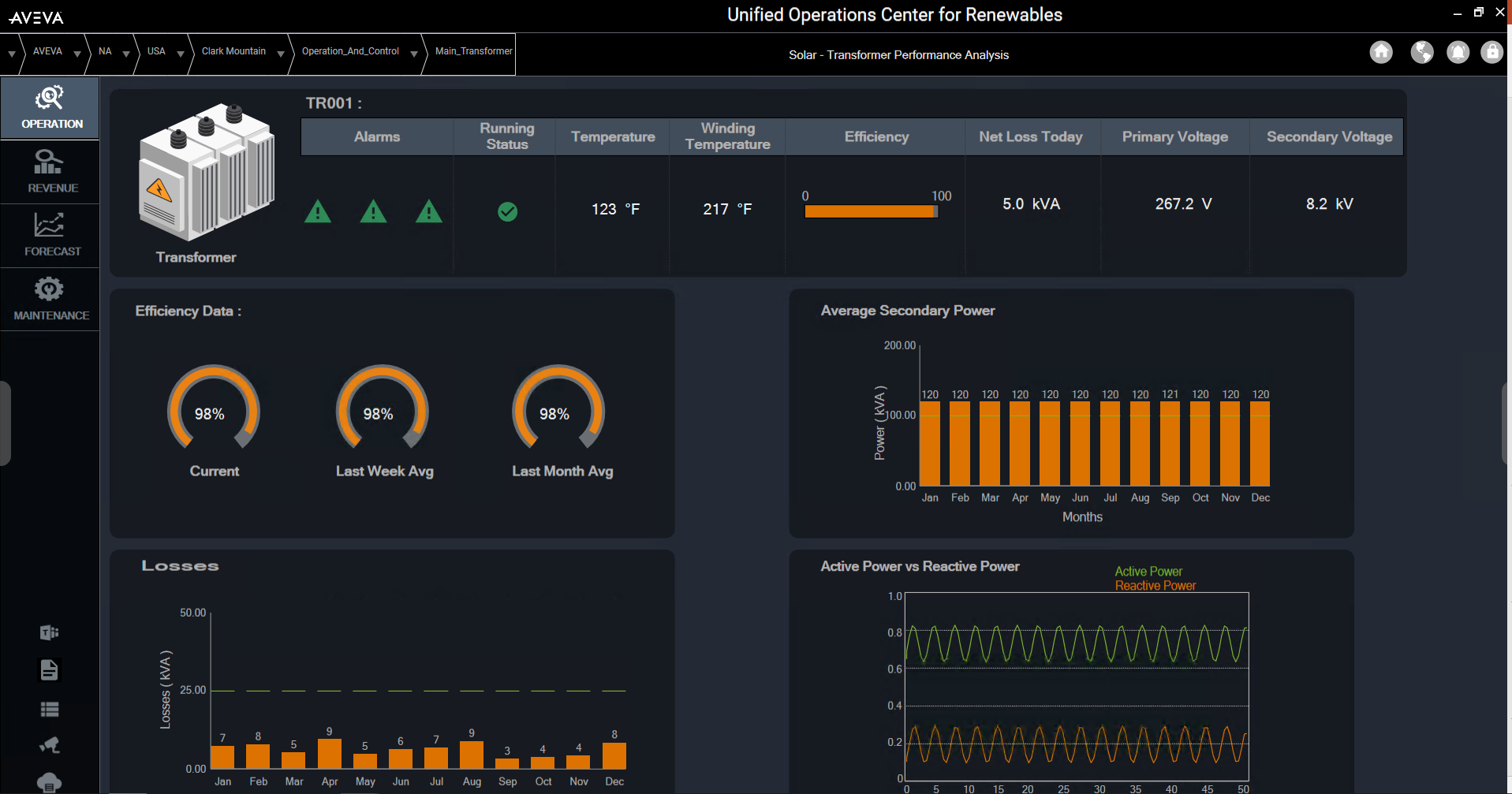Three impacts digital work can have on the transmission and distribution industry
Written by Douglas Nunez, Sr. Infrastructure and Utilities Marketing Manager, AVEVA
The transmission and distribution industry faces a slew of new challenges. Stricter environmental and safety mandates, growing pressure to decarbonize and transition to green energy, and a retiring and more dispersed workforce are just a few of the many hurdles power grid operators must clear in the coming years. To overcome these challenges, transmission companies will need to use every tool at their disposal to create a more dynamic and resilient grid, empower their workforces, and find new sources of revenue.
The digital transformation of work will be key to solving many of these problems. Empowered with digital tools, fully integrated teams can seamlessly share and transfer knowledge, improving worker efficiency and easing the impending shortage of skilled labor. Gaining visibility into grid conditions can help transmission and distribution companies get more capacity out of their current assets. To offset the cost of new assets, transmission and distribution companies can use secure data-sharing tools to drive new sources of revenue.

By digitally transforming work, you can take full advantage of new technology, sharpen your competitive edge, and build the agility and resilience you need to meet future challenges. Among other benefits, this new way to work can have three major impacts on your operation:
1) Increasing your operational agility and resilience
2) Empowering your workers
3) Accelerating the decarbonization of the grid
Increasing operational resilience and agility
When you have real-time visibility into grid conditions, you can maximize grid capacity, decrease unplanned outages, and improve customer satisfaction. Precise, model-driven data at your fingertips can improve your efficiency and reliability. Given projections of a dramatic increase in energy demand over the next decade, these improvements can be the difference between staying competitive and lagging behind the competition.
What’s more, governmental and public pressure for decarbonization continues to build. Utilities must be more transparent about how they operate, including how they source energy. With the right digital tools, you can build an industrial information infrastructure that gives you full visibility and situational awareness. By understanding the capabilities of the grid, operators can optimize it, make it more agile, and improve its efficiency.

Empowering workers
Transmission and distribution companies face two main challenges in terms of labor: A retiring workforce raises the threat of a shortage of skilled labor and dispersed teams need to communicate more effectively and efficiently.
Digital tools can help you overcome both of these challenges at once. Using secure, cloud-enabled solutions can help you create a digital repository of information. This facilitates knowledge transfer, so when workers retire, much of their insight and experience can be passed down to the next generation of operators.
Dispersed and remote teams can benefit from the same technology. Transmission and distribution companies often operate in large territories, meaning crews must travel across vast distances to perform maintenance and other tasks. When you can digitally connect workers with one another and the data they need, you can cut down on transportation costs, improve reliability, and decrease downtime.
For example, some transmission and distribution companies have had great success with using industrial solutions to visualize sensor data that records problems with the grid. With the right technology, you can send alerts in real time to operators, crews, and customers, drastically decreasing outage times and improving customer satisfaction.

Accelerating decarbonization
To make operations more sustainable, tie more renewables into the grid, and increase grid capacity, transmission and distribution companies often have to make costly upgrades and invest in expensive new assets. One way to offset these expenditures is to bring in new revenue.
When you can securely track and share your energy-sourcing data, your customers can take full advantage of green energy incentives. If you can prove that you’re using energy from low-carbon sources, your customers can receive green energy credits, which can make a big difference in their bottom lines.
This can differentiate you from your competitors, drive profitable new revenue streams, and improve customer satisfaction. The right cloud-based data management solutions are key to implementing this new business model.